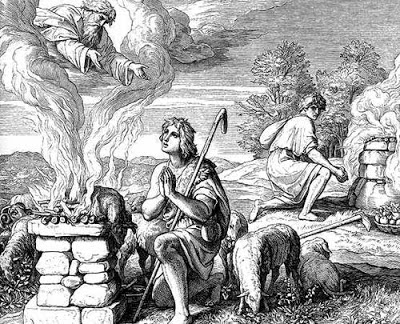 |
| my.opera.com |
Only one male has it as a last name in the Guam census of 1897. Mariano Lujan Rodriguez of Hagåtña, married to Fermina de los Santos (but according to other records, Fermina's last name was Salas). Sometimes there was inconsistency using the father's last name and the mother's last name, since Chamorros used both, as they learned from the Spanish,
Then there are three Hagåtña women, all single, with the last name Rodriguez.
That's it.
But my great-grandfather was Pedro Rodriguez Torres. How he is related to Mariano, if at all, is not known, but I was always told that we were related to all Rodriguezes and I knew one lady who was a Rodriguez and we paid her respect as an older relative.
There were both Spanish and Filipino Rodriguezes among the soldiers on Guam in 1727. But it's difficult to connect Mariano, or my great-grandfather with these. I also remember hearing some talk about us possibly being Portuguese Rodriguezes. A number of Portuguese came to Guam on the whaling ships and settled (for example, Pereira). The Portuguese spell it Rodrigues, but if a Portuguese Rodrigues settled on Spanish Guam, it would have been spelled according to Spanish usage.
The Meaning of the Name
Almost all Spanish names ending in -ez (Perez, Sanchez, Gonzalez) mean "son of." Perez is son of Pedro; Sanchez is son of Sancho; Gonzalo is son of Gonzalo.
So Rodriguez is son of Rodrigo. Rodrigo is the Spanish version of Roderick, which comes from the Germans. German tribes invaded Spain a long time ago.


















